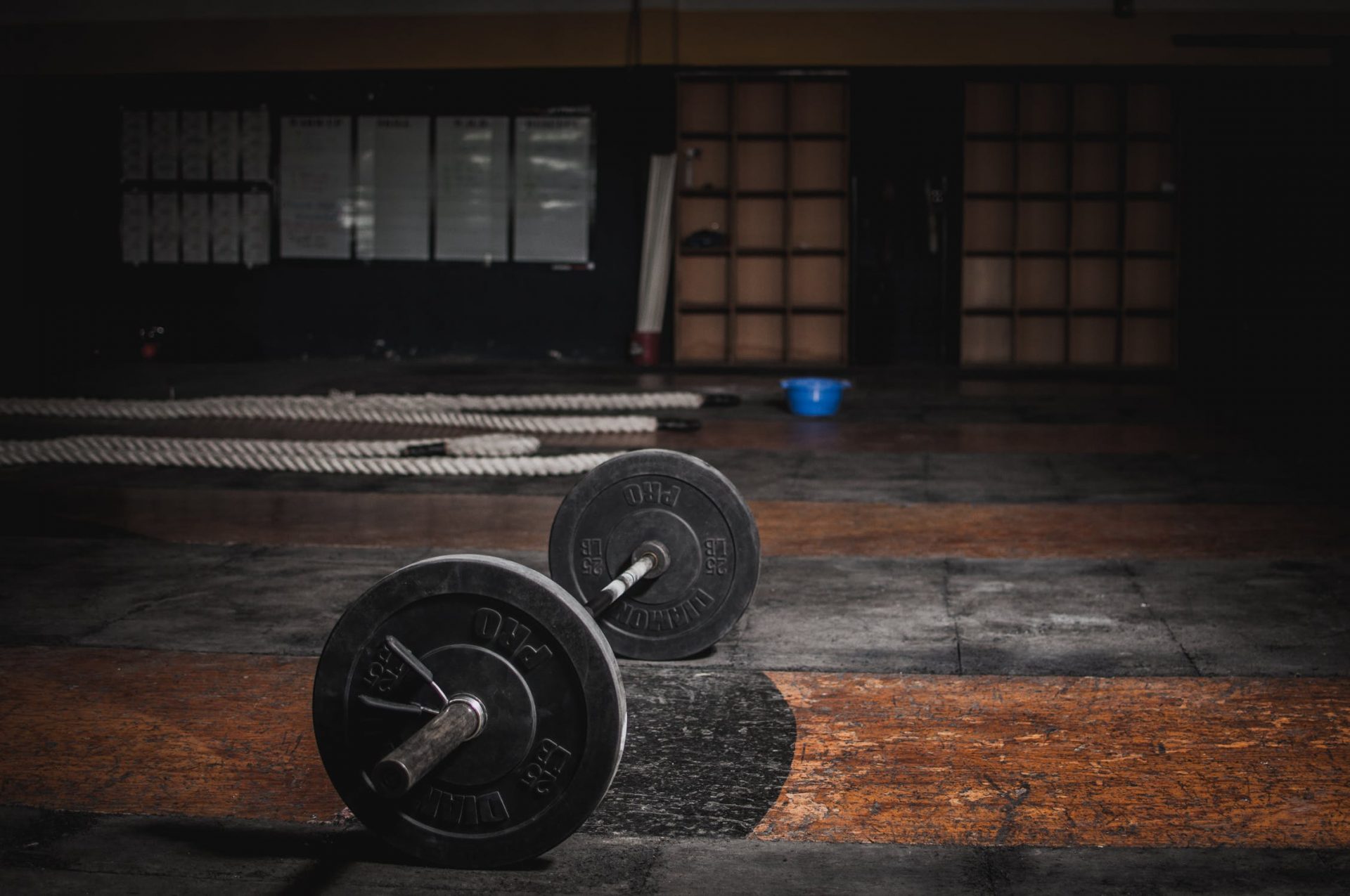Physiotherapists will commonly be asked, ‘when is my child safe enough to start gym based exercise?’.
This is a trending concern; that exposing adolescents to gym based resistance exercise can expose them to unnecessary injury risk.
You personally may have found yourself at this crossroad when your son’s coach suggested he could take their game to the next level by introducing some resistance exercises, or perhaps have been hesitant when your daughter asked if she could join you at your local gym for your weekly workout.
Is there truly any benefits, and do they outweigh the risks?
Well let’s start with the basics, the World Health Organisation recommends that children and adolescents get 60 minutes of moderate to vigorous exercise daily to optimise health, fitness and weight composition.
Usually this encompasses aerobic exercise (running, cycling, swimming) as this is shown to reduce incidence of conditions such as diabetes and heart disease later in life.
The evidence
There is good evidence that resistance or gym training has been shown to help optimise aerobic and muscular fitness in children, as well improve bone-density, balance, fat-free mass and self-esteem.
A systematic review of papers between 1980 and 2008 showed a 30-50% increase in strength after 8-12 weeks, however in order to achieve these additional benefits one needed to train twice weekly in the gym, completing 6-8 different exercises per session.
It should be noted that these strength gains were lost at a rate of 3% per week once training stopped.
Busting the myth
In 2006, the US Database showed there were 22956 injuries during weight lifting in 8-19 year olds.
These were primarily lower back injuries and growth plate fractures, particularly when using free weights.
However further investigation showed these could mostly be attributed to the misuse of equipment, inappropriate weight choice, poor technique and the lack of qualified supervision.
Another study showed that a well designed, personalised program should not excessively stress children’s growth plates or damage soft tissues in the lower back, and that there is no correlation between strength training and an increased incidence of severe injury in young adults.
Furthermore strength training was actually proven to help prevent to incidence of sports injuries in adolescents, including hamstrings and rotator cuff tears, not the mention the notorious ACL rupture.
The verdict
It should be said that any participation carries some degree of risk, but a well supervised gym program has no greater inherent risk than any other sport or activity for children.
There are many things that can be done to maximise the benefits and reduce the risk.
Recommendations
- Children with health conditions, a history of seizures or on certain medications should consult their doctor before beginning a program
- Have qualified supervision to help focus on form and technique
- Use a personalised gym program with appropriate goals/expectations
- Workout twice weekly with 6-8 exercises per session
- Include warm ups to encourage blood flow to muscles and a cool down to enhance recovery and flexibility
- Use multi-joint (i.e. squats) exercises that target the major muscle groups with a balance between upper-limb/lower-limb and flexors/extensor muscles (front/back)
- Incorporate a variety of resistance types (bands, free weights, medicine balls)
- When learning a new exercise, start with no weight to practice appropriate technique and form.
- Use submaximal weights (70-80% of maximum load they can lift), aiming for 10-15 repetitions per set.
- Encourage adequate rest between sets (1-3 minutes)

